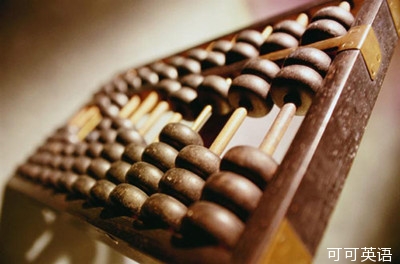【背景】
联合国教科文组织保护非物质文化遗产政府间委员会第八次会议4日在阿塞拜疆巴库通过决议,正式将中国珠算项目列入教科文组织人类非物质文化遗产名录。
【新闻】
请看《中国日报》的报道:
The Zhusuan, otherwise known as the Chinese abacus was officially listed as an intangible cultural heritage at the 8th Annual UNESCO World Heritage Congress on December 4th in Baku, Azerbaijan.
12月4日,在阿塞拜疆首都巴库举行的联合国教科文组织年度世界遗产大会第八次会议宣布,珠算正式被列为人类非物质文化遗产。
【讲解】
Chinese abacus就是珠算;intangible cultural heritage是非物质文化遗产。
珠算是一种古老的计算方法(calculating method),早在中国古代的春秋时期(the Spring and Autumn Period)就发明了,迄今已有2500多年的历史。被认为是中国历史上第五大发明(the fifth invention in Chinese history),2008年被列为国家级非物质文化遗产(national-level intangible cultural heritage)。
随着时间的推移(over the course of time),电子计算器(digital calculators)的出现使珠算和算盘逐渐淡出了历史舞台。在现代,算盘更多的是一种文化符号(cultural symbol),而不是作为实用计算工具(practical calculating tool)。
联合国教科文组织认为,非物质文化遗产给拥有者群体带来认同感(bring a sense of identification to the people who own it)和历史感,是确保文化多样性与人类创造性(maintain cultural diversity and human creativity)的关键(essential)。
自2001年至今,中国入选联合国教科文组织“非遗”项目总数已达37项(items),包括昆曲(Kunqu opera)、皮影戏(the shadow play)、针灸(acupuncture)等,成为世界上入选“非遗”项目最多的国家。
注:古中国的四大发明分别是指南针(compass)、火药(gunpowder)、印刷术(printing)、造纸(paper making)。

可可原创,未经许可请勿转载












